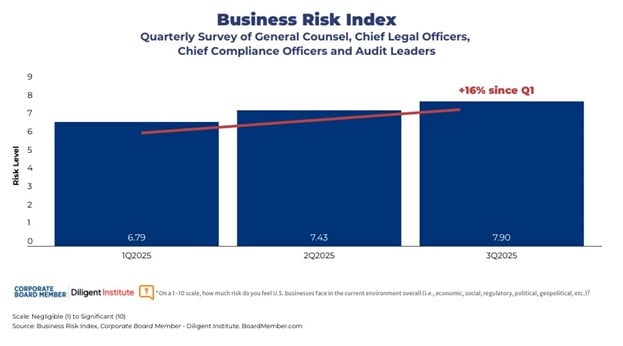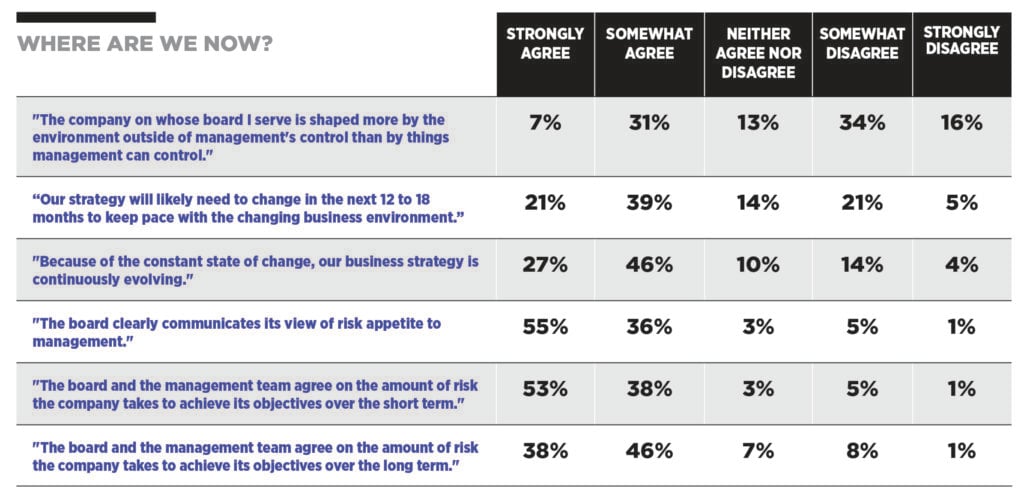
With 20/20 hindsight, it is not that difficult to analyze what went wrong with GE following the transfer of leadership from Jack Welch to Jeff Immelt. This article presents a summary of the authors’ research paper presented at the Corporate Directors Forum on January 14, 2019. The authors identified nine questions that the GE board of directors might have asked during Immelt’s tenure that may have reduced the $449 billion of shareholder value lost during his tenure.
1. Is Our Culture Changing?
Encourage Respectful Confrontation
One way to avoid groupthink and cognitive dissonance is to encourage respectful confrontation, at both the management and board levels. It is more important that all relevant information be presented fairly than for the CEO (or anyone else) to be the smartest person in the room. Welch encouraged confrontation while Immelt promoted consensus. When programs that encourage in-depth discussion and review disappear, find out why.
Get Out of the Board Room.
It is important for directors to observe the company’s culture first hand. Get out of the board room and into the field to see how managers interact with their subordinates and their peers. Facial expressions, body language, and other non-verbal communication can provide more information on the functioning of a team than formal presentations at a board meeting.
2. Are We Adequately Conservative?
Critically Analyze Market Trends
When considering large investments or acquisitions, conservatism is prudent. Maintaining the assumption that ‘hot’ markets are only temporary creates less of an urge to chase trends. Evaluate the investment and industry’s performance prior to the most recent market upturn. Look at the long-term business cycle and do not fall prey to the “This time it will be different” fallacy. Executive team presentations that stress the conservatism of the case are usually anything but.
Identify Assumptions
It is important to identify all significant assumptions and to monitor the impact of changes to them. A “reverse hostage” situation occurs where concessions are made to close a deal, but the impact of those concessions are ignored or explained away because the team has fallen in love with the deal or feels pressured to complete it regardless of the changing landscape. Under Immelt, GE made concessions in the Alstom acquisition that changed key assumptions, performed poor due diligence, and proceeded to close the deal despite multiple red flags. A $23 billion write-off ensued.
Conduct Scenario Planning
Once all strategic assumptions are identified, plan for the probability that some may be wrong. Define critical uncertainties for each key assumption and develop plausible outcomes so that the team can discuss their impacts and the necessary responses.
Use Gap Analysis
Compare the current state of the business to the strategic objective. Ensure there is a plan to effectively close the gaps between current and desired states. It is important to know why the gaps exist before planning to close them. Consider the cost of each solution and establish dates, milestones and assignments for accountability.
Define Both Success and Failure
After all planning is complete and implementation is in process, it is important to hold a project accountable. While every project presentation defines a successful outcome, few include the recognition of factors that point towards the project’s failure. It is important to know what failure will look like before you are actually looking at it.
As humans are naturally averse to admitting defeat or recognizing loss, it is easy to fall into the sunk cost trap. Do not permit the time and money already invested become a distraction that outweighs better judgement. Welch was quick to divest underperforming businesses. Immelt, on the other hand, considered each business a process, an approach with ill-defined parameters for either success or failure.
Link Short and Long-Term Outlooks
Without the short term, there is no long term. Welch’s payback periods for acquisitions were barely half of Immelt’s. No firm is immune from external economic/geopolitical forces. A shorter payback period reduces risk.
Appoint a Devil’s Advocate
Consider appointing a devil’s advocate to argue the negatives to a transaction so that all board members will have access to different perspectives and viewpoints before a decision is made. Rotating the devil’s advocate position amongst board members depersonalizes any conflict that may arise from the process.
3. Are Our Objective and Strategy Clearly Defined and Consistent?
Critical to a good strategy are a clearly defined objective and definition of success. If those two elements keep changing, the strategy is not working. In that case, the board and management should slow down and regroup before continuing an inertia led process.
4. Do We Have an Integration Plan?
The very first question when it comes to an acquisition should be, “How does this fit into our strategy?” The second -” What is our implementation plan and timeframe?”
A disciplined integration plan contains milestones related to culture, processes, and other critical metrics such as earnings growth, staffing, and customer retention. Welch’s plans quickly removed inefficiencies, reduced redundancies, and capitalized on economies of scale.






